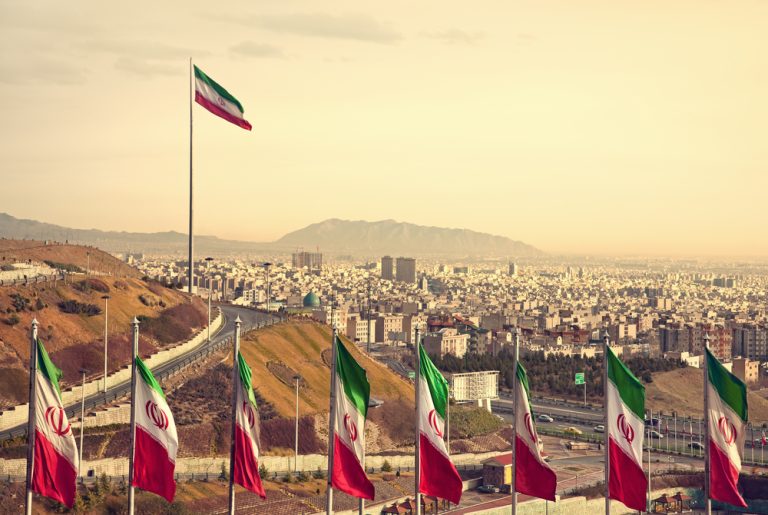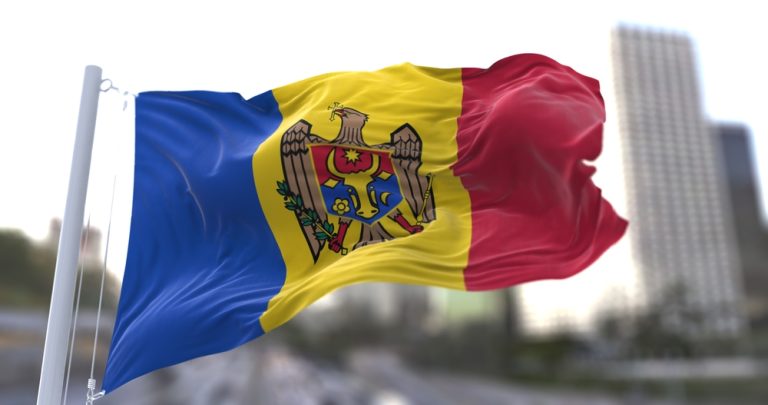
How even Australia could not “hide” from the footsteps of the global economic and energy crisis
The current global economic crisis was clearly manifested by the backdrop of the armed conflict in Ukraine, which managed to combine seemingly incompatible things. On the one hand, it became a starting point for the collapse of the global world order and a unified international economy. At the same time, it divided the world into clear and quite autonomous zones of influence, closed within themselves to a large extent. On the other hand, it perfectly demonstrated the power of invisible economic threads linking even the most distant regions of the world, which, at first glance, are hardly connected. In the world after February 2022, events began to occur that fit perfectly into the concept of a joke where, if someone stomps hard in Japan, an earthquake can occur in Peru. Economic cataclysms even affected the far southwest of our planet, which many, by the way, saw as a refuge where they could wait out any problems: Australia.
The obvious fact was that the country is fully embedded in the world’s trade chains, and if they suffer, so do ordinary Australians. The first manifestation, of course, was rising inflation. The Australian economy was so resilient and healthy in 2020 that there was even a deflation of -0.3% in the early months. Throughout 2020, inflation rates were minimal and did not exceed 1.1%. In 2021, amid the effects of the coronavirus, price increases were higher, but were very low, even for developed countries (around 3-4%.). Now, since January, inflation has plunged from 3.5% in January to 7.3% at the end of October. Inflation in Australia has reached its highest level since 1990. In the three months from July to September of this year alone, prices rose by 1.8%, largely due to the rising cost of real estate, gas, and furniture. Housing prices were a particularly big contributor to the price increase, rising 20.7% over the year. Labor shortages in the construction industry, impacted by rising labor costs, have strongly contributed to the rise in new home prices in the third quarter of 2022. Commodities also saw the biggest increase in prices, rising by the most since 1983 by 9.6%, while the cost of services rose by only 4.1%. Australians, who used to barely notice inflation, had to get into the skin of their “counterparts” from Europe and the United States. For the first time in a long time, the Australian government has proposed a draft budget for 2023, including subsidies for childcare and pharmaceuticals, which could reduce inflation next year.

Australia has also experienced a peculiar energy crisis, despite having a very mild and warm climate and being an exporter rather than an importer of coal, oil, and gas. The unexpectedly cold summer (which in Australia is like the European and American winters) and the greed of Australia’s own natural energy exporters played a cruel joke on the Australians. The high domestic prices of gas and coal in Australia were linked to the global situation, and it turned out that if there is a rise in prices in different regions of the world, it also affects the regions that are major suppliers. Simply speaking, it turned out to be more profitable for the suppliers of these resources to export them, and if they were to be sent to the needs of Australians, then they would be sent at the same high prices. As a result, Australian consumers had to save heavily. Authorities in Victoria, South Australia and Tasmania warned the population back in June that local authorities were expecting rolling blackouts and shortages of natural gas for both household and industrial purposes, while in other regions supplies could be delayed.
This looked especially wild, given that the country is one of the world’s leading coal producers and the largest exporter of this fuel. On its territory there are 96 enterprises for the extraction of hard coal and 3 for the production of lignite. As always, the proponents of “green energy”have contributed to the problem out of the blue. Most of the operating mines and coal mines are located in Queensland and New South Wales, where they had to limit the consumption of coal, but most recently in favor of the global environmental agenda, two large coal-fired power plants have closed, and the increase in exports had to compensate for the economic damage. In 2019, Australia’s cumulative coal production was 504 million tons. The following year was marked by a pandemic that also infected local coal miners, causing production to drop to 476 million tons. But the joy of environmentalists was premature: the next year production already jumped up by 7%. Similar fluctuations were observed with exports: in 2019, 213 million tons were sold abroad, the following year 194 million, and last year Australian coal miners completely rehabilitated themselves, selling 212 million tons. Australians earned $17 to $18 billion on sales of energy grades alone, excluding metallurgical coke. However, the struggle between the “greens” and common sense still hit domestic consumers.
To reduce domestic energy prices, the government had to limit exports and hit its own export tax collections. In the past, the government had already applied such measures: for example, limiting exports of liquefied gas in order to leave more for domestic use. We have also had to accept the fact that Australia, like Europe, has been gambling on renewable energy. When “green energy” does not work because of weather conditions, which is what happened in 2022, traditional energy must be switched on, resulting in higher demand for coal and gas and a higher price of electricity. This is the reason that explained the rising cost of electricity in Europe back in the fall of 2021. But the government, which dreamed of a carbon-free future, didn’t take this experience into account right away, and ordinary Australians had to pay the price. Colder weather in Sydney and Melbourne in June caused wholesale gas prices to jump by more than 50 times, resulting in a price cap set by the Australian energy market operator under pressure from the authorities. Now official Canberra will have to bear the losses, shut down less coal-fired power plants and sponsor inefficient solar, wind and tidal “popular” counterparts. The Australian government will have to subsidize, as in Europe and the U.S., the people who are hit in the hardest way by rising gasoline and energy prices, such as poor families, and car owners. No matter how far away Australia is far from the conflict zone in Ukraine and the rest of the world, it cannot avoid the new living conditions faced by all other countries in 2022.


I wass recommended tbis blog by my cousin. I am not sure whether this post is written bby him as no one
else know sucfh detailed about myy problem. You’re wonderful!
Thanks!
Youu could certainl see your enmthusiasm within the article you write.
Thhe sectr hopes for morte passionaste writers lioe you who aren’t afraid tto say
how they believe. At all timess go after your heart.
I don’t think the title of your article matches the content lol. Just kidding, mainly because I had some doubts after reading the article.